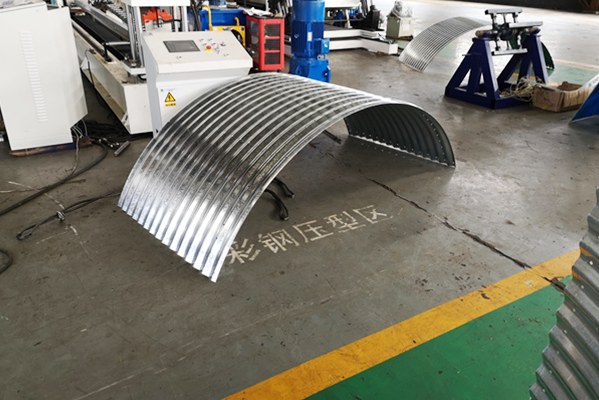Navigation Menu
Contact Us
- Email:
- info@wxavatar.com
- Address:
- Yurong Village, Yuqi Street, Huishan District, Wuxi, China.
Release Date:Mar 14, 2025 Visit:52 Source:Roll Forming Machine Factory
Storing grains in a warehouse effectively requires the right infrastructure and advanced grain storage manufacturing equipment to maintain quality and prevent spoilage. Proper grain storage involves controlling moisture, temperature, and pests while ensuring efficient handling. This article highlights key practices and the role of modern equipment in warehouse grain storage.
Key Practices for Warehouse Grain Storage
1.Warehouse Preparation:
Clean and inspect the warehouse to remove pests, mold, and contaminants. Ensure proper ventilation and insulation.
2.Moisture Control:
Dry grains to the correct moisture level before storage. Use dehumidifiers or moisture barriers to prevent dampness.
3.Temperature Management:
Maintain optimal temperatures with cooling units or aeration systems to prevent spoilage and pest activity.
4.Pest Prevention:
Use insect-proof containers and fumigation tools to protect grains from infestations.

The Role of Grain Storage Manufacturing Equipment
Modern grain storage manufacturing equipment enhances warehouse storage with tools like:
1.Storage Bins and Silos:
Airtight, pest-resistant structures for organized grain storage.
2.Aeration Systems:
Regulate temperature and moisture to prevent spoilage.
3.Monitoring Systems:
Track temperature and humidity in real time to ensure optimal conditions.
4.Hermetic Storage:
Oxygen-free bags or containers to inhibit pests and spoilage.
5.Handling Equipment:
Conveyors and elevators to minimize grain damage during storage and retrieval.
Best Practices
Regular Inspections: Monitor conditions and equipment functionality.
1.Proper Stacking: Use pallets to keep grains off the floor.
2.Rotation System: Implement FIFO to use older grains first.
3.Pest Control: Regularly inspect and use IPM systems.
Conclusion
Effective grain storage in a warehouse relies on advanced grain storage manufacturing equipment and best practices. From aeration systems and monitoring tools to hermetic storage and efficient handling, modern solutions ensure grains remain safe and high-quality. By leveraging these innovations, farmers and warehouse operators can protect their harvests and support food security.